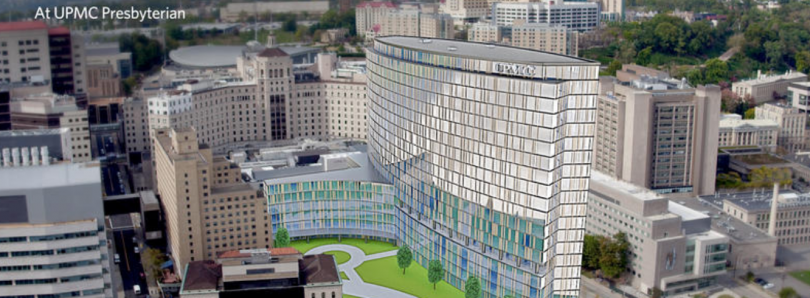Philip Longman and Udit Thakur write for The Washington Monthly about non-profit hospitals that put revenue ahead of social mission. The University of Pittsburgh Medical Center (UPMC) refused to stop performing elective procedures during the novel coronavirus pandemic notwithstanding an executive order from the governor of Pennsylvania to do so in mid-March. Apparently, the additional revenue was worth the risk to its patients.
The UPMC hospital chain, which also offers health insurance, has continued performing lucrative elective surgeries, even though it could be putting patients at risk. UPMC required the 40 hospitals it controls to perform elective surgeries notwithstanding the protests of its own doctors and state and local health officials. It is so large that it has the economic and political power to flout government directives and other pressures.
Make no mistake. Based on the evidence, UPMC did not need the income from these surgeries to weather the pandemic. UPMC is a non-profit organization with $5.5 billion in reserves. It paid its CEO $8.43 million in 2019.
Civil rights and labor leaders, politicians and Pennsylvania’s attorney general have accused UPMC of forsaking the needs of the communities it serves over the last several years. It has undermined access to health care. It has failed to pay its low-level health care workers a living wage. It has taken away the independence of its doctors.
To repeat, UPMC, like dozens of other university-based hospital chains, is a nonprofit organization. But, it makes big profits. Indeed seven of the ten top profit-making hospitals are nonprofits. One analysis shows that their profit margins are no different from the profit margins of pharmaceutical companies and medical device companies.
UPMC does well by its wealthy patients but fails to serve its community appropriately. It fares poorly in the area of public service. It was not always this way. Between the 1950s and late 20th century, it operated a series of programs to help the community. And, it served many of the uninsured. But, it broke the labor union and by the 1980s grew its power by expanding into areas of medicine that were extremely lucrative. In the words of its president of more than 20 years, Jeffrey Romoff, the future of health care was in health care’s conversion “from social good to a commodity.”
A few of UPMC’s hospitals are still dedicated to public service, including McKeesport Hospital. But, there are four others, based in low-income communities, that UPMC has shut down in the last ten years. Instead, it is building three specialty hospitals at a cost of $2 billion, intended to generate more revenue for the hospital chain.
And, UPMC is now Western Pennsylvania’s largest health insurer, insuring 3.7 million people. From this business, it appears to be profiting handsomely. In 2019, $800 million of its premium dollars were not paid out for medical services.
As it continued to perform elective surgeries during the pandemic, UPMC counseled its physicians to reclassify the surgeries as urgent or the patients as unstable. It was UPMC’s workaround so that it could say it was not performing elective procedures.
UPMC no longer fits the description of a nonprofit hospital: one that conducts medical research, trains the next generation of doctors and caters to the poor. Private industry pays for two-thirds of its research. Medicare pays for medical training. And, it no longer prioritizes care for people most in need or for the good of its community.
Cleveland Clinic and Johns Hopkins are not so different in their priorities. While Cleveland Clinic is located in a “medically underserved area,” its community struggles to get primary care. The Cleveland Clinic focuses on treating very wealthy people. Johns Hopkins is based in Baltimore’s inner city. It too caters to the wealthy.
Longman and Thakur argue that the government should take away the non-profit status of these hospitals. But, it’s not evident that it would change their behavior for the better. HCA and other big for-profit hospital conglomerates fare very well without non-profit status and do not appear to prioritize poor communities or serve the public interest in any other way.
The government could also enforce antitrust and anti-monopoly laws to quash anticompetitive activities. But, this is not a task the federal government performs well.
Longman and Thakur suggest that hospitals should be publicly funded to promote public interest medicine. So long as there are for-profit hospitals, the non-profits and small hospitals will be taken over by the bigger ones.
To guarantee everyone in the US good health care, our health care delivery system must put social mission first.
Here’s more from Just Care:
- Coronavirus: Hospitals with huge reserves got government bailouts and laid off thousands of workers
- Coronavirus and hospital bills: Medicare v. private health insurance
- Coronavirus: As medical debt soars, what will Congress do?
- Medicare covers physical, speech and occupational therapy
- Four things to think about when choosing between traditional Medicare and Medicare Advantage plans










